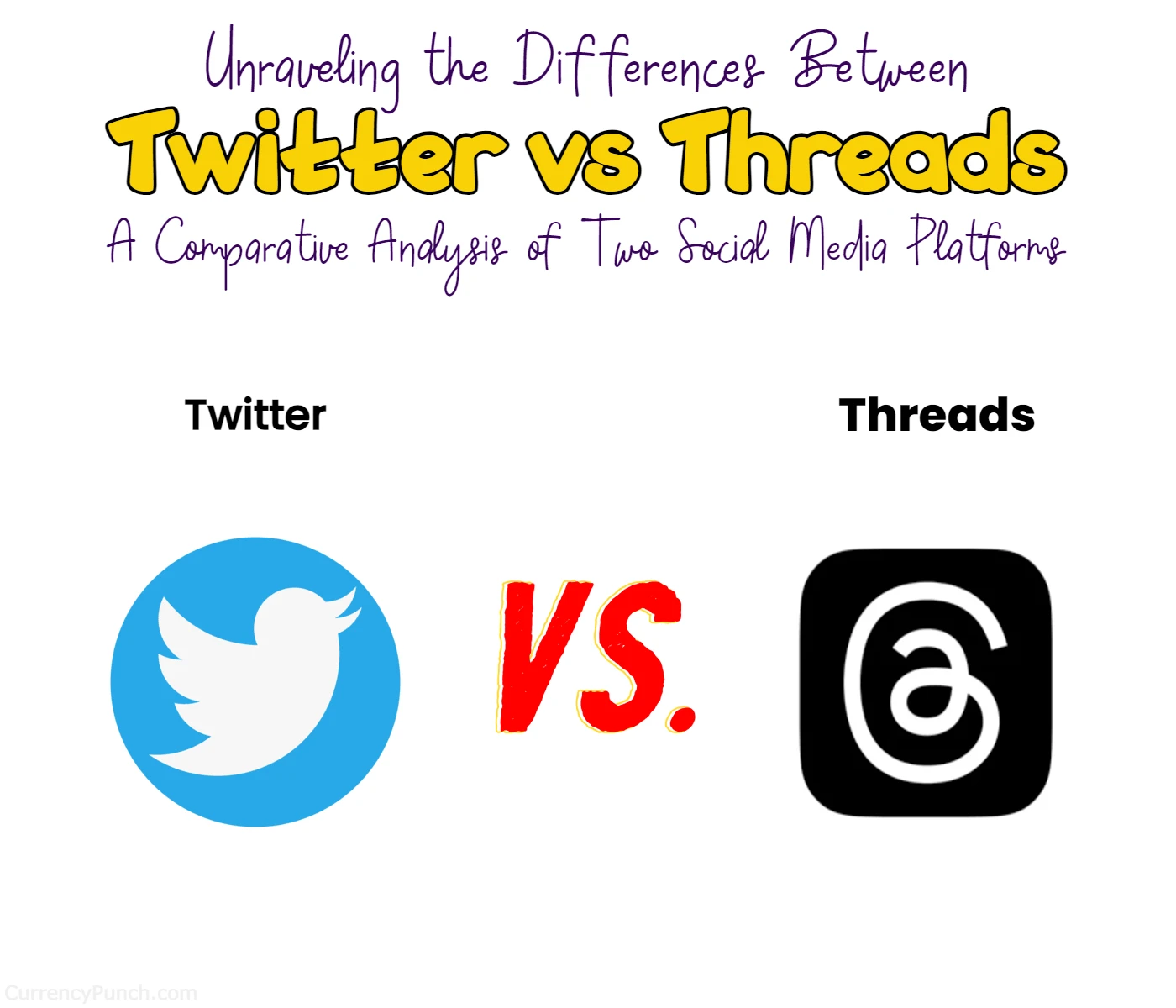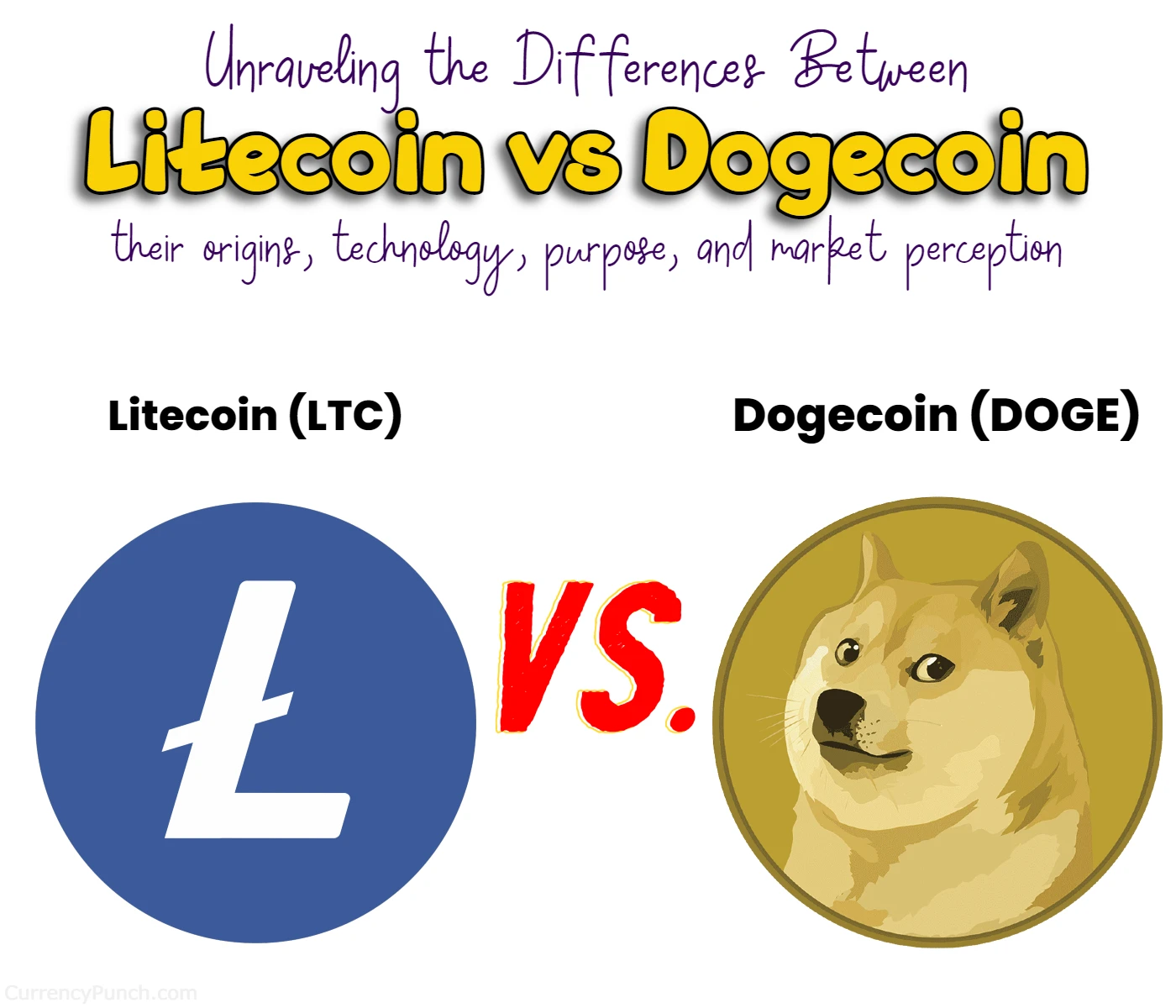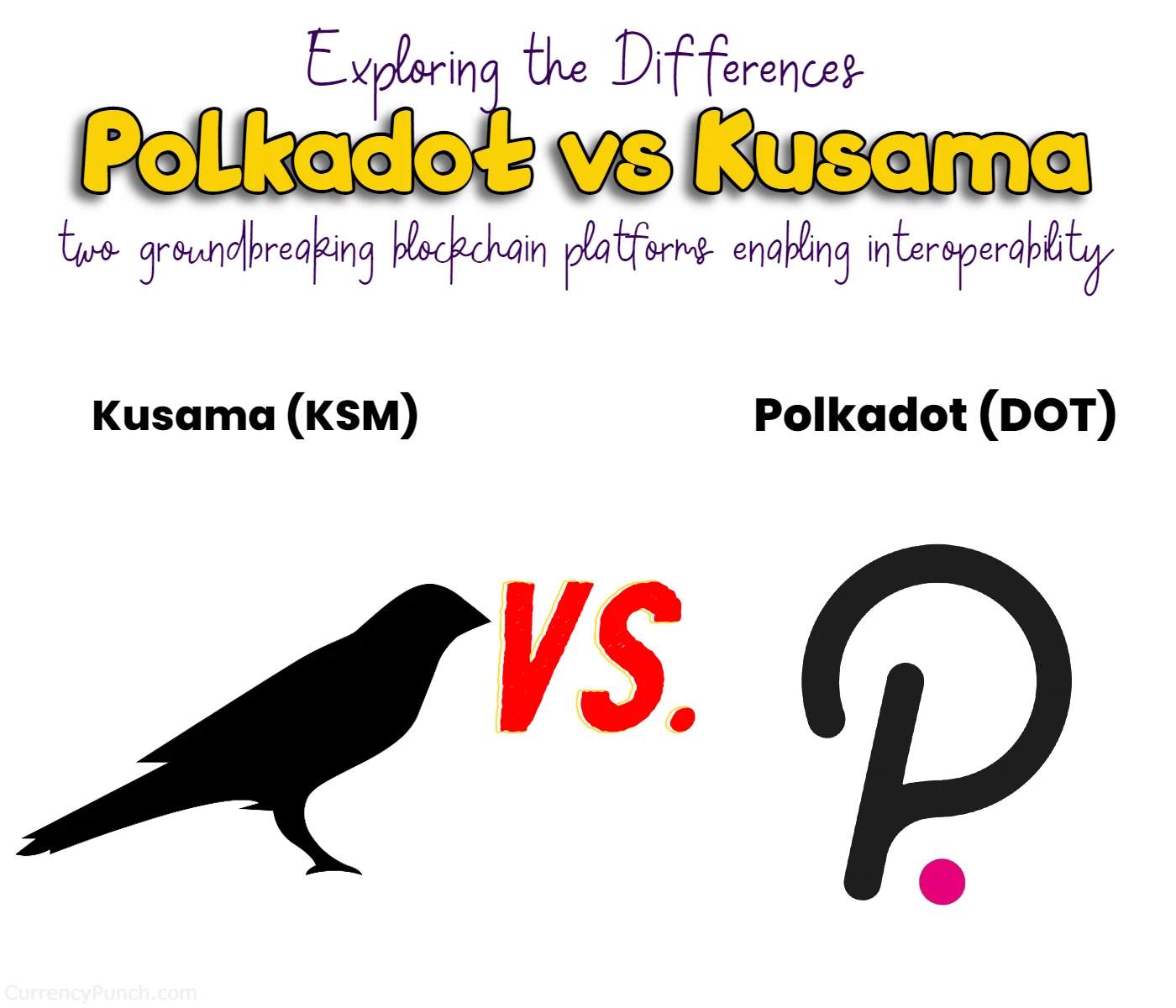Litecoin vs Bitcoin
What is the difference between Bitcoin (BTC) and Litecoin (LTC)?

Today, we’ll delve into the intriguing realm of Bitcoin (BTC) and Litecoin (LTC), two renowned digital currencies that have captured the attention of investors and enthusiasts alike. If you’ve ever wondered about the differences between these two prominent cryptocurrencies, you’ve come to the right place. In this article, we’ll unravel the contrasting features of Bitcoin and Litecoin, shedding light on their unique characteristics, from hashing algorithms to transaction speeds and market capitalization. So, let’s dive in and uncover the distinctions that set Bitcoin and Litecoin apart!
Bitcoin, often referred to as the king of cryptocurrencies, made its grand entrance back in 2008. Created by an enigmatic figure or group known as Satoshi Nakamoto, Bitcoin aimed to revolutionize the way we perceive and conduct financial transactions. Litecoin, on the other hand, emerged in 2011 as the “silver” to Bitcoin’s “gold.” Its creator, Charlie Lee, sought to address some of the limitations of Bitcoin while offering faster transaction speeds and lower fees. With these distinct origins, Bitcoin and Litecoin have carved their own paths in the digital currency landscape, each with its own loyal following and unique value propositions.
Are you ready to embark on an exciting journey into the realm of Bitcoin and Litecoin? Join us as we explore their contrasting features, use cases, and market dynamics. Whether you’re an avid investor or simply curious about the world of cryptocurrencies, understanding the differences between Bitcoin and Litecoin is crucial for making informed decisions in this rapidly evolving market. So, let’s uncover the secrets of Bitcoin and Litecoin, and gain a deeper appreciation for these groundbreaking digital currencies. Read on to discover the distinctions between BTC and LTC and expand your knowledge of the cryptocurrency universe!
Here’s a quick chart highlighting the key differences between Bitcoin (BTC) and Litecoin (LTC):
| Aspect | Bitcoin (BTC) | Litecoin (LTC) |
|---|---|---|
| Year Introduced | 2008 | 2011 |
| Creator | Satoshi Nakamoto (pseudonym) | Charlie Lee |
| Hashing Algorithm | SHA-256 | Scrypt |
| Transaction Speed | Slower (10 minutes per block) | Faster (2.5 minutes per block) |
| Maximum Coin Supply | 21 million | 84 million |
| Market Capitalization | Largest among cryptocurrencies | Significant but smaller than Bitcoin |
| Adoption and Recognition | Widely recognized and adopted | Less widespread, but still prominent |
| Use Case | Store of value and medium of exchange | Everyday transactions and testing ground for new features |
Introduction to Bitcoin and Litecoin
Bitcoin (BTC)
Bitcoin, often referred to as the king of cryptocurrencies, was created by an anonymous person or group of people using the pseudonym Satoshi Nakamoto in 2008. It was introduced as the first decentralized digital currency, aiming to enable secure peer-to-peer transactions without the need for intermediaries like banks or governments.
Bitcoin operates on a technology called blockchain, which is a distributed ledger that records all transactions across a network of computers. It utilizes a proof-of-work (PoW) consensus algorithm, known as mining, to validate and add new blocks to the blockchain.
Litecoin (LTC)
Litecoin, launched in 2011 by Charlie Lee, a former Google engineer, is often referred to as the silver to Bitcoin’s gold. It was created as a decentralized cryptocurrency with several improvements over Bitcoin, aiming to address some of its perceived limitations.
Similar to Bitcoin, Litecoin operates on a blockchain and utilizes a proof-of-work consensus algorithm. However, it implements a different hashing algorithm called Scrypt, which is computationally less intensive than Bitcoin’s SHA-256 algorithm. This choice of algorithm allows for faster block generation and transaction confirmation times.
Key Differences Between Bitcoin and Litecoin
1. Hashing Algorithm
One of the most significant differences between Bitcoin and Litecoin lies in their hashing algorithms. Bitcoin uses the SHA-256 (Secure Hash Algorithm 256-bit) algorithm, which requires substantial computational power and energy consumption for mining. On the other hand, Litecoin utilizes the Scrypt algorithm, which is memory-intensive and designed to be more ASIC (Application-Specific Integrated Circuit) resistant. This algorithmic difference has several implications for the two cryptocurrencies.
2. Transaction Confirmation Speed
Due to its hashing algorithm, Litecoin offers faster block generation times compared to Bitcoin. Litecoin’s block time is approximately 2.5 minutes, while Bitcoin’s block time is around 10 minutes. This means that transactions can be confirmed more quickly on the Litecoin network, providing faster payment settlements and increased scalability.
The shorter block time also leads to a higher number of transactions that can be processed within a given time frame. As a result, Litecoin can handle a higher transaction throughput than Bitcoin.
3. Coin Supply and Distribution
Bitcoin has a maximum supply cap of 21 million coins, making it a deflationary currency. This limited supply is built into Bitcoin’s protocol and contributes to its scarcity, potentially driving its value over time as demand increases.
Litecoin, on the other hand, has a maximum supply of 84 million coins, four times that of Bitcoin. The increased supply of Litecoin allows for a larger circulating coin count and lower individual value. However, it’s important to note that both Bitcoin and Litecoin are divisible, and their smallest units (Satoshis and Litoshis, respectively) can facilitate transactions of smaller amounts.
4. Market Capitalization and Popularity
Bitcoin, as the first and most widely known cryptocurrency, has a significant market capitalization and dominance within the crypto space. It enjoys higher liquidity and is accepted by a larger number of merchants and businesses compared to Litecoin. Bitcoin’s market capitalization often surpasses that of all other cryptocurrencies combined, including Litecoin.
However, Litecoin has still gained a notable following and has maintained its position as one of the top cryptocurrencies. It has a dedicated community of supporters who appreciate its technological advancements and faster transaction speeds.
5. Development and Adoption (continued)
Bitcoin has a large and active development community, with numerous developers and contributors working on improving its protocol and addressing scalability issues. It has also seen wider adoption by businesses, financial institutions, and even some governments, which has contributed to its mainstream recognition.
Litecoin, while not as extensively adopted as Bitcoin, still has an active development community led by its creator, Charlie Lee, and other contributors. It has been integrated into various payment platforms and exchanges, allowing users to transact with Litecoin in different ways. Litecoin’s focus on faster transaction speeds and lower fees has attracted some merchants and individuals seeking quicker and more cost-effective payment solutions.
6. Network Effect and Brand Recognition
Bitcoin’s early entry into the cryptocurrency space and its subsequent growth have led to a significant network effect. It has become the most recognizable and widely known cryptocurrency, often considered the default digital currency and a store of value. Bitcoin’s brand recognition and established infrastructure give it an advantage in terms of acceptance, liquidity, and accessibility.
Litecoin, while not as globally recognized as Bitcoin, has managed to establish itself as one of the prominent cryptocurrencies. Its association with Bitcoin and its improvements over its predecessor have helped Litecoin gain a loyal following. However, it may face challenges in competing with Bitcoin’s network effect and widespread acceptance.
7. Use Cases and Market Perception
Bitcoin is commonly perceived as digital gold and a store of value. Its limited supply and decentralized nature make it an attractive asset for individuals and institutions seeking to hedge against inflation or diversify their investment portfolios. Bitcoin’s price volatility has also made it a popular choice for traders and speculators.
Litecoin, with its faster transaction speeds and lower fees, is often positioned as a digital currency suitable for everyday transactions. It aims to facilitate quick and affordable peer-to-peer payments, making it more practical for daily use compared to Bitcoin. Some users also consider Litecoin as a testing ground for implementing new features or improvements before they are applied to Bitcoin.
8. Segregated Witness (SegWit) Implementation
Bitcoin implemented Segregated Witness (SegWit) in August 2017 as a protocol upgrade. SegWit separates transaction signature data from the transaction block, allowing for increased transaction capacity within a block. This upgrade was intended to address the scalability challenges of Bitcoin’s blockchain and reduce transaction fees. Litecoin, on the other hand, adopted SegWit before Bitcoin and was one of the first cryptocurrencies to implement this protocol upgrade. The early implementation of SegWit in Litecoin showcased its commitment to technological advancements and provided a testing ground for Bitcoin’s subsequent adoption of SegWit.
9. Lightning Network Integration
Both Bitcoin and Litecoin have integrated the Lightning Network, a second-layer protocol built on top of their respective blockchains. The Lightning Network aims to enable faster and cheaper microtransactions by conducting off-chain transactions that are later settled on the main blockchain. This scalability solution can significantly increase the transaction throughput and reduce fees for both Bitcoin and Litecoin, making them more suitable for everyday transactions.
10. Community and Development Collaboration
Bitcoin has a large and diverse community of developers, contributors, and enthusiasts. Its open-source nature encourages collaboration and innovation, resulting in continuous improvement and updates to the protocol. Litecoin, while having a smaller community, also benefits from collaboration with Bitcoin’s development community. Since Litecoin is a fork of Bitcoin’s codebase, it can incorporate upgrades and improvements made to Bitcoin more easily. This collaboration ensures that Litecoin remains technologically up-to-date and can implement enhancements pioneered by Bitcoin.
11. Price Volatility and Market Performance
Bitcoin has exhibited significant price volatility throughout its history, with notable price surges and corrections. This volatility can be attributed to various factors, including market demand, regulatory developments, macroeconomic events, and investor sentiment. Litecoin has also experienced price fluctuations but generally follows the broader trends of the cryptocurrency market, often influenced by Bitcoin’s performance. It’s important to note that both Bitcoin and Litecoin are considered highly volatile assets, and their prices can fluctuate rapidly.
12. Privacy Features
Bitcoin and Litecoin are generally considered pseudonymous rather than fully anonymous. While transactions are recorded on the blockchain, the identities of the individuals involved in the transactions are not explicitly linked to their public addresses. However, Bitcoin and Litecoin lack built-in privacy features by default. To enhance privacy, users can utilize additional tools and protocols, such as CoinJoin, to obfuscate transaction histories. It’s worth mentioning that there are other cryptocurrencies specifically designed to offer enhanced privacy features, such as Monero (XMR) and Zcash (ZEC).
13. Accessibility and Availability
Bitcoin is widely accessible and available for purchase on numerous cryptocurrency exchanges and platforms. It has gained recognition from major financial institutions, enabling users to buy, sell, and trade Bitcoin with relative ease. Litecoin, while not as widely available as Bitcoin, is still listed on various exchanges and can be obtained through similar channels. Both cryptocurrencies can also be stored in digital wallets, ranging from software wallets to hardware devices, providing users with control over their funds.
Final Thoughts
Bitcoin and Litecoin are two prominent cryptocurrencies with their own unique features, strengths, and communities. Bitcoin holds the position of the pioneering cryptocurrency and has achieved significant market recognition and acceptance. Litecoin, on the other hand, offers faster transaction confirmation times and lower fees, positioning itself as a more practical option for everyday transactions.
When considering Bitcoin and Litecoin, it’s important to assess factors such as your intended use, technological features, community support, market dynamics, and personal preferences. Conducting thorough research and understanding the nuances of each cryptocurrency will assist you in making an informed decision based on your specific requirements and goals.
Conclusion
In summary, while Bitcoin and Litecoin are both cryptocurrencies based on blockchain technology, they have distinct differences in their hashing algorithms, transaction confirmation speeds, coin supply, market capitalization, adoption, and use cases. Bitcoin remains the dominant and most recognized cryptocurrency, serving as a store of value and a medium of exchange. Litecoin, with its technological improvements and focus on faster transactions, provides an alternative option for individuals seeking quicker and more affordable payments.
Ultimately, the choice between Bitcoin and Litecoin depends on individual preferences and specific use cases. Understanding their differences can help users make informed decisions about which cryptocurrency aligns better with their goals and requirements.
FAQs
The main difference between Bitcoin (BTC) and Litecoin (LTC) lies in their hashing algorithms and transaction speeds. Bitcoin uses the SHA-256 algorithm, which requires significant computational power and leads to slower block generation times of around 10 minutes. Litecoin, on the other hand, utilizes the Scrypt algorithm, which is less computationally intensive and enables faster block generation, with an average time of 2.5 minutes. This results in quicker transaction confirmations and increased scalability for Litecoin.
Bitcoin has a maximum supply cap of 21 million coins, making it a deflationary currency. This limited supply is built into Bitcoin’s protocol and contributes to its scarcity, potentially driving its value over time as demand increases. In contrast, Litecoin has a maximum supply of 84 million coins, which is four times that of Bitcoin. The increased supply of Litecoin allows for a larger circulating coin count and lower individual value. Both Bitcoin and Litecoin are divisible, and their smallest units (Satoshis and Litoshis, respectively) can facilitate transactions of smaller amounts.
Bitcoin has a significantly higher market capitalization compared to Litecoin. As the pioneering cryptocurrency, Bitcoin enjoys greater liquidity, wider acceptance, and recognition from major financial institutions. It is often seen as the default digital currency and a store of value. Litecoin, while not as widely adopted as Bitcoin, has still gained a notable following and maintained its position as one of the top cryptocurrencies. It has a dedicated community of supporters who appreciate its technological advancements, faster transaction speeds, and lower fees, positioning it as a practical choice for everyday transactions.
Read More:
Page Contents
- Introduction to Bitcoin and Litecoin
- Key Differences Between Bitcoin and Litecoin
- 1. Hashing Algorithm
- 2. Transaction Confirmation Speed
- 3. Coin Supply and Distribution
- 4. Market Capitalization and Popularity
- 5. Development and Adoption (continued)
- 6. Network Effect and Brand Recognition
- 7. Use Cases and Market Perception
- 8. Segregated Witness (SegWit) Implementation
- 9. Lightning Network Integration
- 10. Community and Development Collaboration
- 11. Price Volatility and Market Performance
- 12. Privacy Features
- 13. Accessibility and Availability
- Final Thoughts
- Conclusion
- FAQs



